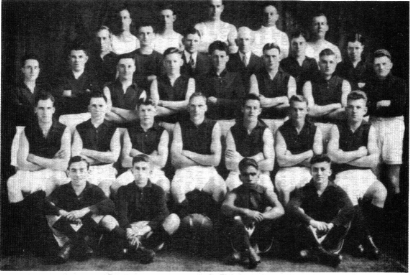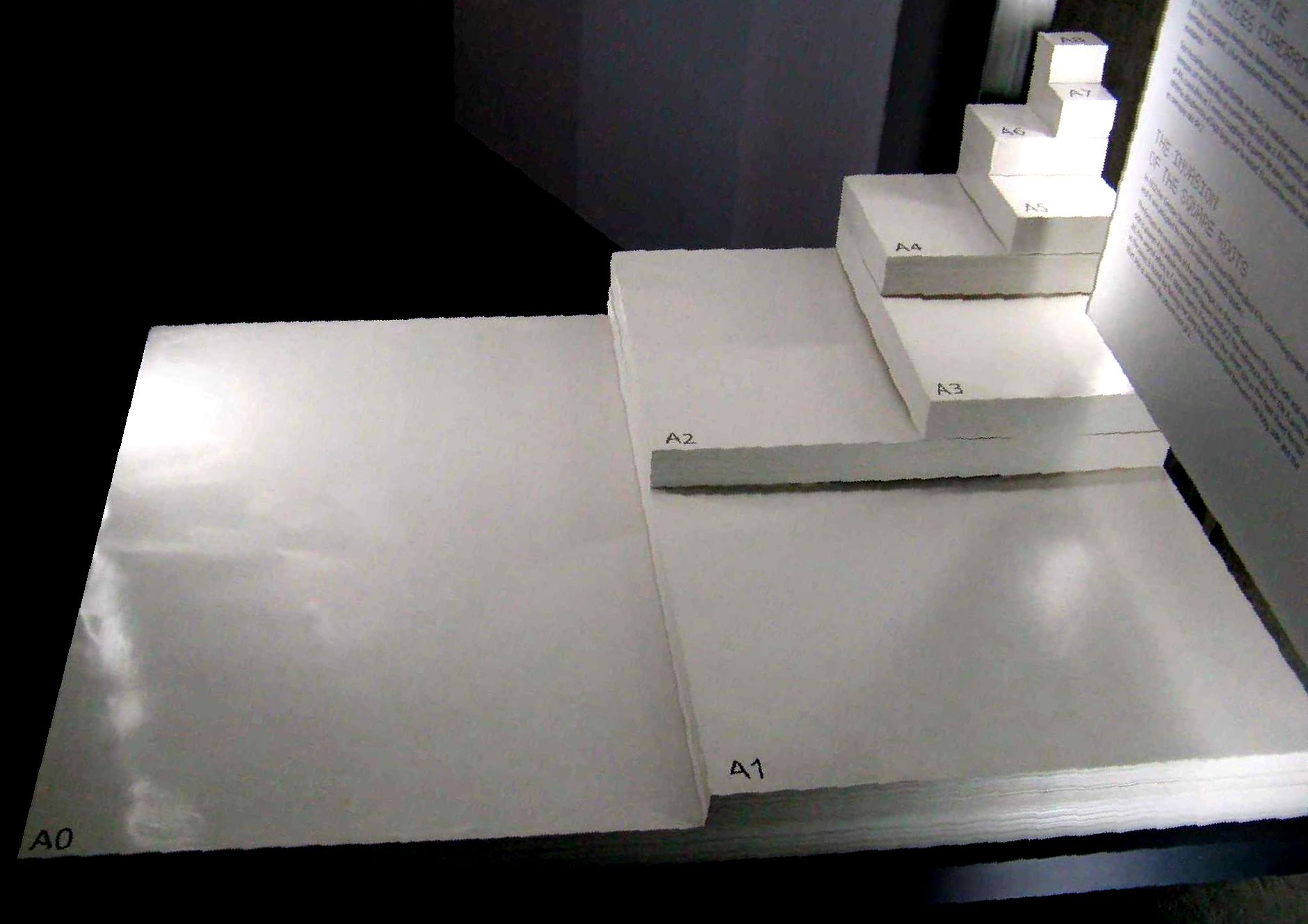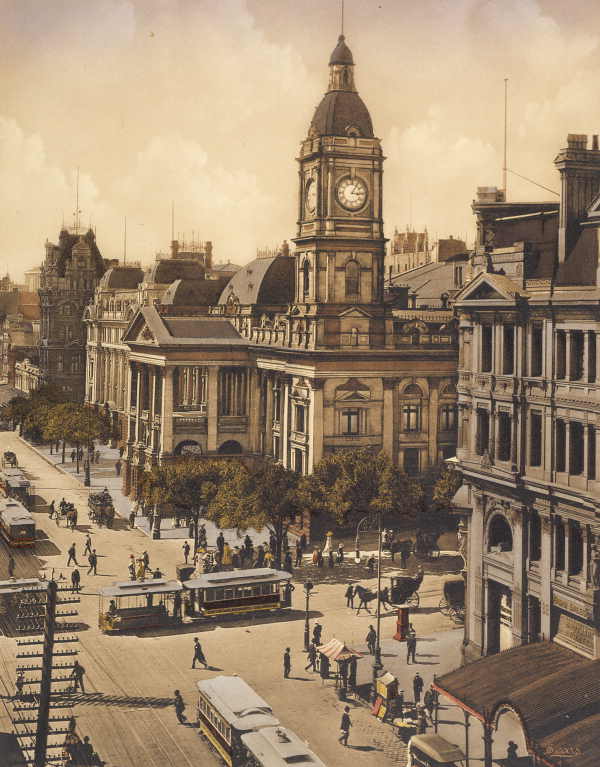|
Council For Aboriginal Rights
The Council for Aboriginal Rights (CAR) was founded in Melbourne in 1951 in order to improve rights for Indigenous Australians. Although based in the state of Victoria, it was a national organisation and its influence was felt throughout Australia; it was regarded as one of the most important Indigenous rights organisations of the 1950s. It supported causes in several other states, notably Western Australia and Queensland, and the Northern Territory. Some of its members went on to be important figures in other Indigenous rights organisations. The Council wound up in the 1980s, after some of its work had borne fruit by bringing awareness of many injustices enshrined in legislation to the wider Australian and international community, and public opinion brought changes to the political landscape in Australia and both legislation and government support for services to Indigenous people had improved. Foundation A strike in Darwin in 1950 led indirectly to the creation of CAR. Th ... [...More Info...] [...Related Items...] OR: [Wikipedia] [Google] [Baidu] |
Melbourne
Melbourne ( ; Boonwurrung/ Woiwurrung: ''Narrm'' or ''Naarm'') is the capital and most populous city of the Australian state of Victoria, and the second-most populous city in both Australia and Oceania. Its name generally refers to a metropolitan area known as Greater Melbourne, comprising an urban agglomeration of 31 local municipalities, although the name is also used specifically for the local municipality of City of Melbourne based around its central business area. The metropolis occupies much of the northern and eastern coastlines of Port Phillip Bay and spreads into the Mornington Peninsula, part of West Gippsland, as well as the hinterlands towards the Yarra Valley, the Dandenong and Macedon Ranges. It has a population over 5 million (19% of the population of Australia, as per 2021 census), mostly residing to the east side of the city centre, and its inhabitants are commonly referred to as "Melburnians". The area of Melbourne has been home to Abori ... [...More Info...] [...Related Items...] OR: [Wikipedia] [Google] [Baidu] |
Doug Nicholls
Sir Douglas Ralph Nicholls, (9 December 1906 – 4 June 1988) was a prominent Aboriginal Australian from the Yorta Yorta people. He was a professional athlete, Churches of Christ pastor and church planter, ceremonial officer and a pioneering campaigner for reconciliation. Nicholls was the first Aboriginal Australian to be knighted when he was appointed Knight Bachelor in 1972 (he was subsequently appointed a Knight Commander of the Royal Victorian Order in 1977). He was also the first — and to date the only — Indigenous Australian to be appointed to vice-regal office, serving as Governor of South Australia from 1 December 1976 until his resignation on 30 April 1977 due to poor health. Early life Nicholls was born on 9 December 1906 on the Cummeragunja Reserve in New South Wales.Richard Broome, Sir Douglas Ralph (Doug) (1906–1988)', Australian Dictionary of Biography, National Centre of Biography, Australian National University, , published first in hardcopy 2012, acc ... [...More Info...] [...Related Items...] OR: [Wikipedia] [Google] [Baidu] |
Paper Size
Paper size standards govern the size of sheets of paper used as writing paper, stationery, cards, and for some printed documents. The ISO 216 standard, which includes the commonly used A4 size, is the international standard for paper size. It is used across the world except in North America and parts of Central and South America, where North American paper sizes such as " Letter" and " Legal" are used. The international standard for envelopes is the C series of ISO 269. International paper sizes The international paper size standard is ISO 216. It is based on the German DIN 476 standard for paper sizes. ISO paper sizes are all based on a single aspect ratio of the square root of 2, or approximately 1:1.41421. There are different series, as well as several extensions. The following international paper sizes are included in Cascading Style Sheets (CSS): ''A3'', ''A4'', ''A5'', ''B4'', ''B5''. A series There are 11 sizes in the A series, designated A0–A10, ... [...More Info...] [...Related Items...] OR: [Wikipedia] [Google] [Baidu] |
Alan Marshall (Australian Author)
Alan Marshall , (2 May 1902 – 21 January 1984) was an Australian writer, story teller, humanist and social documenter. He received the Australian Literature Society Short Story Award three times, the first in 1933. His best known book, ''I Can Jump Puddles'' (1955) is the first of a three-part autobiography. The other two volumes are ''This is the Grass'' (1962) and ''In Mine Own Heart'' (1963). Life and work Marshall was born in Noorat, Victoria. At six years old he contracted polio, which left him with a physical disability that grew worse as he grew older. From an early age, he resolved to be a writer, and in ''I Can Jump Puddles'' he demonstrated an almost total recall of his childhood in Noorat. The characters and places of his book are thinly disguised from real life: ''Mount Turalla'' is Mount Noorat, ''Lake Turalla'' is Lake Keilambete, the ''Curruthers'' are the ''Blacks'', Mrs. Conlon is Mary Conlon of Dixie, Terang, and his best friend, ''Joe'' from the book ... [...More Info...] [...Related Items...] OR: [Wikipedia] [Google] [Baidu] |
South Australia
South Australia (commonly abbreviated as SA) is a state in the southern central part of Australia. It covers some of the most arid parts of the country. With a total land area of , it is the fourth-largest of Australia's states and territories by area, and second smallest state by population. It has a total of 1.8 million people. Its population is the second most highly centralised in Australia, after Western Australia, with more than 77 percent of South Australians living in the capital Adelaide, or its environs. Other population centres in the state are relatively small; Mount Gambier, the second-largest centre, has a population of 33,233. South Australia shares borders with all of the other mainland states, as well as the Northern Territory; it is bordered to the west by Western Australia, to the north by the Northern Territory, to the north-east by Queensland, to the east by New South Wales, to the south-east by Victoria, and to the south by the Great Australian B ... [...More Info...] [...Related Items...] OR: [Wikipedia] [Google] [Baidu] |
Charles Duguid
use both this parameter and , birth_date to display the person's date of birth, date of death, and age at death) --> , death_place = Kent Town, Adelaide , resting_place = , resting_place_coordinates = , burial_place = Ernabella Mission Cemetery , burial_coordinates = , monuments = Jubilee 150 Walkway, North Terrace, Adelaide , nationality = , other_names = , citizenship = , education = , alma_mater = University of Glasgow , occupation = Medical doctor, surgeon , years_active = , era = , employer = , organization = , agent = , known_for = Activism for Aboriginal rights , notable_works = , style = , title = , term = , party = , movement = , boards = , spouse = Irene (née Young); Phyllis Duguid , partner = , chil ... [...More Info...] [...Related Items...] OR: [Wikipedia] [Google] [Baidu] |
Melbourne Town Hall
Melbourne Town Hall is the central city town hall of Melbourne, Victoria, Australia, and is a historic building in the state of Victoria since 1867. Located in the central business district on the northeast corner of the intersection between Swanston and Collins Street, it is the seat of the local municipality of the City of Melbourne, and has been used for multiple purposes such as concerts, theatrical plays and exhibitions. History Melbourne was officially incorporated as a town on 13 December 1842, with Henry Condell as its first Mayor. However, it wasn't until 1854 that its first Town Hall was completed. Begun in 1851, the work ground to a halt with the beginning of the Victorian gold rush. The foundation stone of a new, grander Town Hall was laid on 29 November 1867 by the visiting Prince Alfred, Duke of Edinburgh, after the demolition of the first. The current Town Hall officially opened on 11 August 1870 with a lavish ball, which was personally funded by th ... [...More Info...] [...Related Items...] OR: [Wikipedia] [Google] [Baidu] |
University Of Melbourne
The University of Melbourne is a public research university located in Melbourne, Australia. Founded in 1853, it is Australia's second oldest university and the oldest in Victoria. Its main campus is located in Parkville, an inner suburb north of Melbourne's central business district, with several other campuses located across Victoria. Incorporated in the 19th century by the colony of Victoria, the University of Melbourne is one of Australia's six sandstone universities and a member of the Group of Eight, Universitas 21, Washington University's McDonnell International Scholars Academy, and the Association of Pacific Rim Universities. Since 1872, many residential colleges have become affiliated with the university, providing accommodation for students and faculty, and academic, sporting and cultural programs. There are ten colleges located on the main campus and in nearby suburbs. The university comprises ten separate academic units and is associated with numerous ... [...More Info...] [...Related Items...] OR: [Wikipedia] [Google] [Baidu] |
Shirley Andrews
Shirley Aldythea Marshall Seymour Andrews (5 November 1915 – 15 September 2001) was an Australian biochemist, dancer, researcher and Aboriginal rights activist. Early life and education Andrews was born on November 5, 1915, to Doris Andrews and Arthur Andrews. Andrews grew up in Sandringham, Victoria, living with her mother, grandmother and uncle. She attended school at Miss Montford's school, in Sandringham, until the age of eleven. Later, she boarded at St Michael's grammar in St Kilda, Victoria. After graduating from St Michael's, Andrews enrolled in a science course at the University of Melbourne, from 1934 to 1937. In her first years at university she rented houses and apartments with her mother in the Melbourne area. Andrews also began to learn ballet during her time at university. She took lessons from Edouard Borovansky and later became interested in Australian folk dance. Andrews helped establish the folk dance society and the Victorian folk music club, meanwhile ... [...More Info...] [...Related Items...] OR: [Wikipedia] [Google] [Baidu] |
Methodist
Methodism, also called the Methodist movement, is a group of historically related Christian denomination, denominations of Protestantism, Protestant Christianity whose origins, doctrine and practice derive from the life and teachings of John Wesley. George Whitefield and John's brother Charles Wesley were also significant early leaders in the movement. They were named ''Methodists'' for "the methodical way in which they carried out their Christian faith". Methodism originated as a Christian revival, revival movement within the 18th-century Church of England and became a separate denomination after Wesley's death. The movement spread throughout the British Empire, the United States, and beyond because of vigorous Christian mission, missionary work, today claiming approximately 80 million adherents worldwide. Wesleyan theology, which is upheld by the Methodist churches, focuses on sanctification and the transforming effect of faith on the character of a Christians, Christian ... [...More Info...] [...Related Items...] OR: [Wikipedia] [Google] [Baidu] |
Anglican
Anglicanism is a Western Christian tradition that has developed from the practices, liturgy, and identity of the Church of England following the English Reformation, in the context of the Protestant Reformation in Europe. It is one of the largest branches of Christianity, with around 110 million adherents worldwide . Adherents of Anglicanism are called ''Anglicans''; they are also called ''Episcopalians'' in some countries. The majority of Anglicans are members of national or regional ecclesiastical provinces of the international Anglican Communion, which forms the third-largest Christian communion in the world, after the Roman Catholic Church and the Eastern Orthodox Church. These provinces are in full communion with the See of Canterbury and thus with the Archbishop of Canterbury, whom the communion refers to as its ''primus inter pares'' (Latin, 'first among equals'). The Archbishop calls the decennial Lambeth Conference, chairs the meeting of primates, and is ... [...More Info...] [...Related Items...] OR: [Wikipedia] [Google] [Baidu] |
Parliament Of Australia
The Parliament of Australia (officially the Federal Parliament, also called the Commonwealth Parliament) is the legislative branch of the government of Australia. It consists of three elements: the monarch (represented by the governor-general), the Senate and the House of Representatives. Constitution of Australia, section 1. The combination of two elected chambers, in which the members of the Senate represent the states and territories while the members of the House represent electoral divisions according to population, is modelled on the United States Congress. Through both chambers, however, there is a fused executive, drawn from the Westminster system.. The upper house, the Senate, consists of 76 members: twelve for each state, and two each for the territories, Northern Territory (including Christmas Island and the Cocos (Keeling) Islands) and the Australian Capital Territory (including Norfolk Island and the Jervis Bay Territory). Senators are elected using ... [...More Info...] [...Related Items...] OR: [Wikipedia] [Google] [Baidu] |






.jpg)

